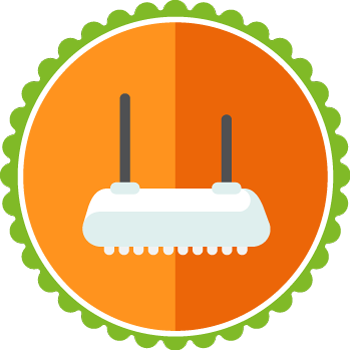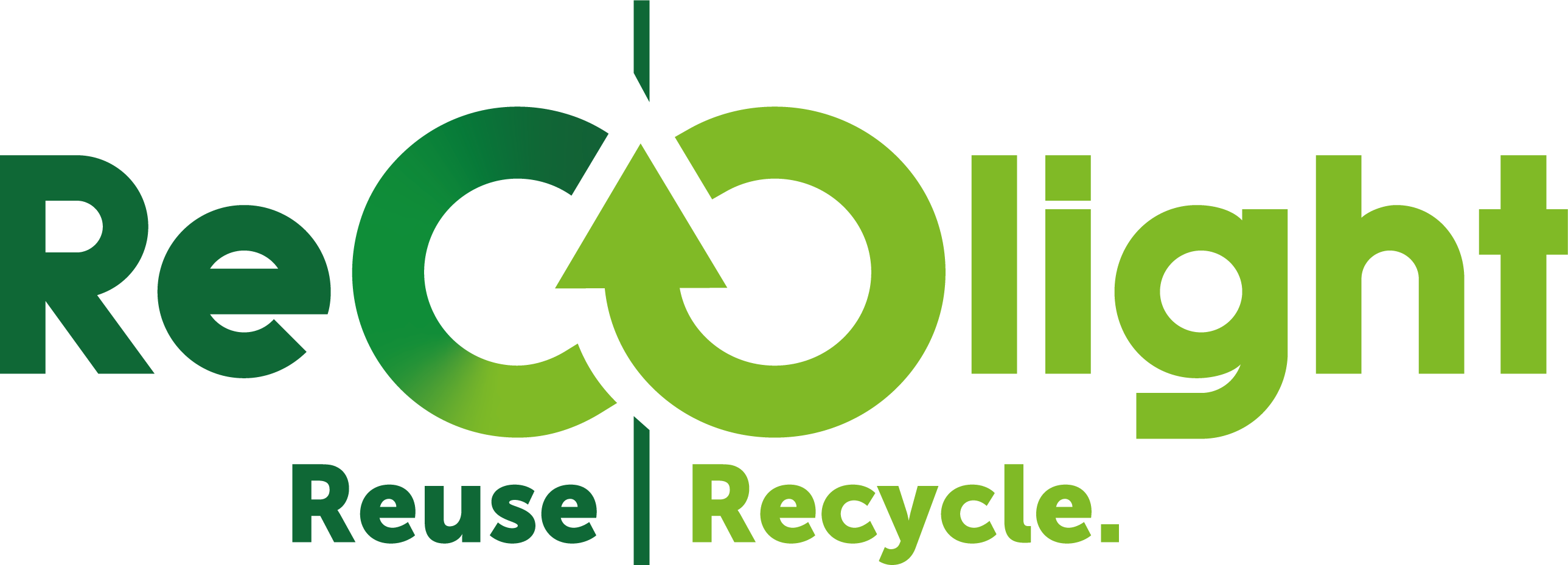Open scope – what it is, when it might happen, and why it is important for the lighting industry
In 2019, the UK’s WEEE regulations move from a closed scope, with 14 categories, to an open scope with 6 categories.
 Closed vs open scope
Closed vs open scope
A closed scope means that if an electrical product is not specifically mentioned, then it is regarded as out of scope. The move to open scope reverses that position. In open scope, unless an electrical product is specifically exempted, then it is assumed to be in scope.
Household luminaires
As a part of this change, household luminaires will come into scope in 2019. That includes all luminaires sold to consumers, as well as those sold to businesses that are “dual use” – luminaires that are, by design, also likely to be used by consumers. Many questions remain – for example, are lamp shades to be included? What about luminaires in which most of the weight is an inert material e.g. wood, stone, or glass?
Other products likely to be in scope in 2019
We do not yet have any formal guidance from the Environment Agency or Defra on the type of products that will now fall into scope. However, it seems likely that lamp holders, plugs and sockets, and cord sets will be in scope. Recolight will update the advice we give our members as more information is available.
Timing for WEEE declarations
It seems highly likely that sales of products which fall into open scope will need to be declared to the producer’s WEEE Scheme from 1st January 2019. Then, in 2020, the producer’s Scheme will receive a share of the national target, based on the 2019 declarations.
 Government consultation on WEEE regulations
Government consultation on WEEE regulations
The Government is under a statutory duty to review the WEEE regulations by 2018. As a result, they are likely to consult on the open scope issue, among other changes, later in 2017. That is because the move from 14 categories to 6 categories is likely to reduce costs for some producers – but also to significantly increase costs for others. They therefore plan to consult on four options:
- Retain the current 14 categories. Although this is the “do nothing” option for industry, it would mean that the WEEE regulations would need to be amended.
- Move from 14 categories to the 6 revised categories. This would mean big changes for the industry, but no changes to the WEEE regulations would be required.
- Retain the current system of 14 categories and develop protocols to present the data in 6 categories. The WEEE Regulations would need to be amended (Defra preferred option).
- Move from 14 categories to the 6 revised categories, but with 3 additional subcategories. The additional categories are intended to carve out, from the 6 categories, 3 groups of products that are generally more expensive to treat.
When the consultation is announced, we will contact Recolight members to coordinate a response. Currently, we concur with Defra’s position that option 3 is likely to be the best solution.
What about Brexit?
If the outcome of the Brexit negotiations is such that the UK does not need to comply with the WEEE directive, then the Government would have scope to make wider changes changes. However, given that any amending regulations will have to be laid early in 2018, it seems unlikely that Brexit will have any impact on the decision Government takes. However, it is possible that the gargantuan legislative task to prepare for Brexit could result in all such “Business as usual” legislation being set to one side, until the statute book is Brexit-ready.

